Allen, G.R. 1998. “A New Species of Cardinalfish (Apogonidae) from the Komodo Islands, Indonesia.” Revue Française d’Aquariologie, Vol. 25, No. 1-2: 27-30.
"Apogon aureus: Golden Cardinalfish." ZipcodeZoo. Retrieved on February 17, 2014.
- Available at: http://zipcodezoo.com/Animals/A/Apogon_aureus/
"Apogon fleurieu: Bandtail Cardinalfish." ZipcodeZoo. Retrieved on February 17, 2014.
- Available at: http://zipcodezoo.com/animals/a/apogon_fleurieu/
"Apogon pselion (臂飾天竺鯛)." ZipcodeZoo. Retrieved on February 17, 2014.
- Available at: http://zipcodezoo.com/Animals/A/Apogon_pselion/
"Apogon pselion Randall, Fraser & Lachner 1990." Fishwise Universal Fish Catalogue Species Detail Page. Retrieved on February 17, 2014.
- Available at: http://www.fishwise.co.za/Default.aspx?TabID=110&SpecieConfigId=249272&GenusSpecies=Apogon_pselion
Bunch, Bryan. 1995. "Cardinalfish." P. 10 in Amazing Animals of the World, Vol. 6: Cape Pangolin - Common Buzzard. Grolier Educational Corporation.
Capuli, Estelita Emily; and Luna, Susan M. "Apogon pselion Randall & Fraser & Lachner." FishBase. Retrieved on February 17, 2014.
- Available at: http://fishbase.org/summary/4839
Capuli, Estelita Emily; and Valdestamon, Roxanne Rei. "Ostorhinchus aureus (Lacepède, 1802): Ring-tailed Cardinalfish." FishBase. Retrieved on February 17, 2014.
- Available at: http://www.fishbase.org/summary/4837
Capuli, Estelia Emily; and Valdestamon, Roxanne Rei. "Ostorhinchus fleurieu Lacepède, 1802: Cardinalfish." FishBase. Retrieved on February 17, 2014.
- Available at: http://www.fishbase.org/summary/Ostorhinchus-fleurieu.html
Dawes, John. 2005. "Cardinalfish." Pp. 30-31 in World of Animals, Vol. 40 Spiny-finned Fish 2: Bass, Cichlids, Damselfish, Barracudas. Danbury, CT: Grolier imprint of Scholastic Library Publishing.
de Lacépède, Bernard Germain. Histoire Naturelle des Poissons. Tome III. Paris: l'Imprimerie de Plassan, [1801].
- Available via Internet Archive at: https://archive.org/details/histoirenaturell06lac
de Lacépède, Bernard Germain. Histoire Naturelle des Poissons. Tome IV. Paris: l'Imprimerie de Plassan, l'An X de la République [1802].
- Available via Biodiversity Heritage Library at: https://www.biodiversitylibrary.org/page/12702291
- Available via Internet Archive at: https://archive.org/details/histoirenaturell04lacs
Fricke, R.; and Gon, O. 2010. “Apogon fleurieu.” In: IUCN 2013. IUCN Red List of Threatened Species Version 2013.2. Retrieved on February 17, 2014.
- Available at: http://www.iucnredlist.org/details/154912/0
Gon, Ofer. "Redescription of Apogon (Ostorhinchus) fleurieu (Lacépède, 1802) with Notes on its Synonymy." Japanese Journal of Ichthyology, Vol. 34, No. 2 (1987-1988): 138-145.
- Available via J-Stage at: https://www.jstage.jst.go.jp/article/jji1950/34/2/34_2_138/_article
- Available at: www.wdc-jp.biz/pdf_store/isj/publication/pdf/34/342/34204.pdf
Randall, John E.; Fraser, Thomas H.; and Lachner, Ernest A. 1990. "On the Validity of the Indo-Pacific Cardinalfishes Apogon aureus (Lacepède) and A. fleurieu (Lacepède), with Description of a Related New Species from the Red Sea." Proceedings of the Biological Society of Washington, Vol. 103, No. 1: 39-62. Retrieved on February 17, 2014.
- Available via Internet Archive at: https://archive.org/details/proceedingsofb1031990biol
"Ring-Tailed Cardinalfish." Florent's Guide to the Tropical Reefs. Retrieved on February 17, 2014.
- Available at: http://reefguide.org/ringtailedcardinalfish.html
"Ring-tailed Cardinalfish: Apogon aureus." Aquatic Community. Retrieved on February 17, 2014.
- Available at: http://www.aquaticcommunity.com/marinefish/ringtailedcardinalfish.php
"Ring-tailed Cardinalfish: Apogon aureus." Oceana Marine Wildlife Marine Animal Encyclopedia. Retrieved on February 17, 2014.
- Available at: http://oceana.org/en/explore/marine-wildlife/ring-tailed-cardinalfish


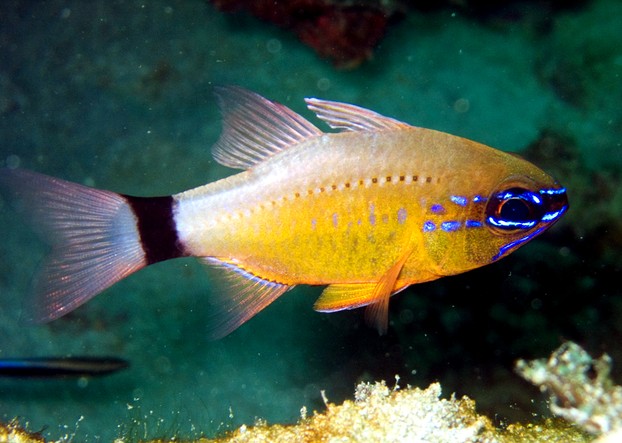
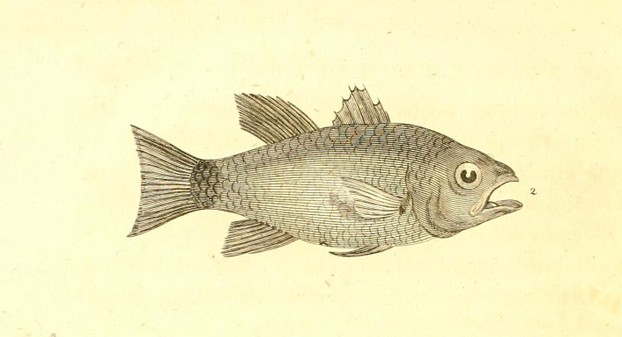
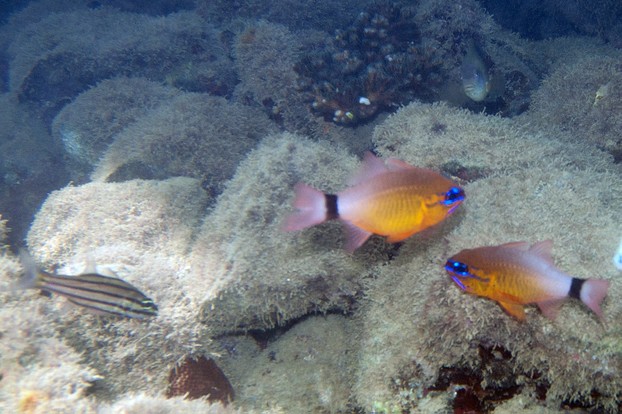
!["Taken by Craig (Our DM [Dive Master] for our dive at Ningaloo." "Taken by Craig (Our DM [Dive Master] for our dive at Ningaloo."](/static/uploads/en/module/image/2014/02/16/2014-02-16_17-48-59_46.622x621.jpg)
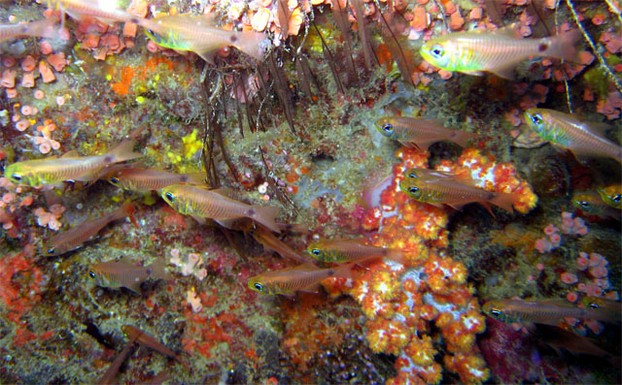

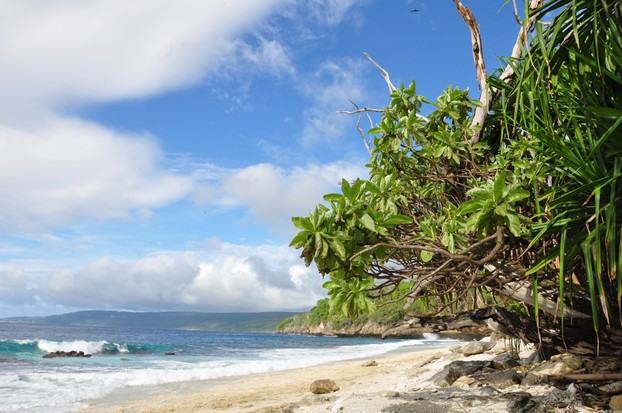





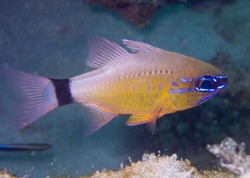

 Are Hawaiian Huakai Po Nightmarchers Avenging Halloween Thursday?on 10/02/2024
Are Hawaiian Huakai Po Nightmarchers Avenging Halloween Thursday?on 10/02/2024
 Mailing Addresses for 2023 Form 4868 Extending 1040 and 1040SR April 15, 2024, Due Dateon 04/15/2024
Mailing Addresses for 2023 Form 4868 Extending 1040 and 1040SR April 15, 2024, Due Dateon 04/15/2024
 Mailing Addresses for 2023 Forms 1040 and 1040SR Filed in 2024on 04/15/2024
Mailing Addresses for 2023 Forms 1040 and 1040SR Filed in 2024on 04/15/2024
 Mailing Addresses for 2022 Form 4868 Extending 1040 and 1040SR April 18, 2023, Due Dateon 04/13/2023
Mailing Addresses for 2022 Form 4868 Extending 1040 and 1040SR April 18, 2023, Due Dateon 04/13/2023

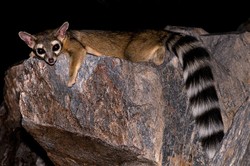
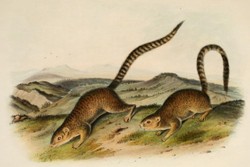
Comments